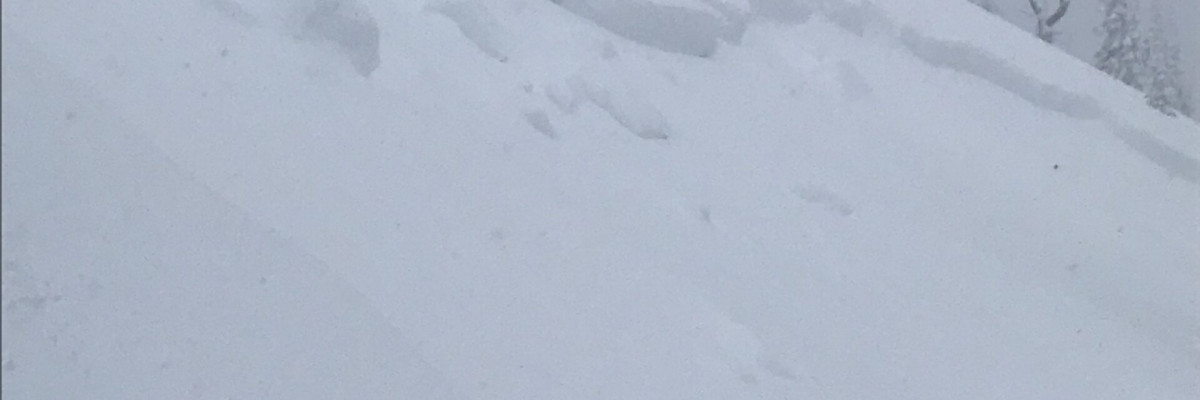The avalanche warning has expired and the current avalanche danger is Considerable in the West Central Montana backcountry. Natural avalanches are possible and human triggered avalanches are likely across the region. Careful route finding and conservative decision-making are essential for backcountry travel today.
Good morning, this is Logan King with the West Central Montana Avalanche Center’s avalanche advisory for December 21st, 2017. This danger rating does not apply to operating ski areas, expires at midnight tonight and is the sole responsibility of the U.S. Forest Service.
Weather and Snowpack
Snowfall has tapered off and the region received an additional 1-3 inches of snow overnight, adding another .1-.3 inches of water to the snowpack. Winds this morning at Deer Mountain are 7 mph gusting to 11 mph from the WNW. Temperatures early this morning are in the teens to low twenties.
Travis and I rode in Seeley Lake yesterday and Tim was in the Rattlesnake. We found a significant amount of new snow that lead to numerous natural and human triggered avalanches over the last few days. Widespread collapsing/whumphing was observed along with shooting cracks that traveled long distances. Avalanche activity is leveling off as the new snow bonds and the weak layers are adjusting to the load.
The primary avalanche problem today is persistent slabs. There are multiple layers of facets throughout the advisory area. Of greatest concern are the facets associated with the Thanksgiving crust. These facets were very reactive during the storm cycle and were responsible for the majority of large avalanches seen over the last few days. The persistent weak layers will continue to be sensitive to triggers and will produce large avalanches. Cautious evaluation and identification of this layer will be vital before committing to avalanche terrain.
The secondary avalanche concern today will be wind slabs. Winds were relatively calm with the storm but Tim reported finding beefy slabs that would result in large high consequence avalanches. Wind is forecast to increase today and through tonight as a cold front pushes into the region. Avoid steep terrain that appears to be wind loaded.
Storm Slabs are the final concern today. The storm slabs are bonding to the old snow surface and are becoming less reactive. Take the time to evaluate if the new/old snow interface is bonding.
Avalanche and Weather Outlook
Snow is expected to start this afternoon and continue into Friday as a cold front moves in dropping temperatures below zero. Conditions look to remain about the same as long as too much snow isn’t added too quickly to the snowpack.
If you are out in the backcountry, please send us your observation, these are very helpful in producing the advisory. A weather update will be issued Friday. Ski and ride safe.














